Machine Learning with Python for Everyone
Machine Learning with Python for Everyone (Addison-Wesley Data & Analytics Series) 1st Edition:
Additional ISBNs:
∗ eText ISBN: 0134845641, 978-0134845647, 9780134845647
Table of Contents
Cover
About This E-Book
Half Title
Series Page
Title Page
Copyright Page
Dedication
Contents
Foreword
Preface
Audience
Approach
Overview
Acknowledgments
Publisher’s Note
About the Author
Part I: First Steps
1. Let’s Discuss Learning
1.1 Welcome
1.2 Scope, Terminology, Prediction, and Data
1.3 Putting the Machine in Machine Learning
1.4 Examples of Learning Systems
1.5 Evaluating Learning Systems
1.6 A Process for Building Learning Systems
1.7 Assumptions and Reality of Learning
1.8 End-of-Chapter Material
2. Some Technical Background
2.1 About Our Setup
2.2 The Need for Mathematical Language
2.3 Our Software for Tackling Machine Learning
2.4 Probability
2.5 Linear Combinations, Weighted Sums, and Dot Products
2.6 A Geometric View: Points in Space
2.7 Notation and the Plus-One Trick
2.8 Getting Groovy, Breaking the Straight-Jacket, and Nonlinearity
2.9 NumPy versus “All the Maths”
2.10 Floating-Point Issues
2.11 EOC
3. Predicting Categories: Getting Started with Classification
3.1 Classification Tasks
3.2 A Simple Classification Dataset
3.3 Training and Testing: Don’t Teach to the Test
3.4 Evaluation: Grading the Exam
3.5 Simple Classifier #1: Nearest Neighbors, Long Distance Relationships, and Assumptions
3.6 Simple Classifier #2: Naive Bayes, Probability, and Broken Promises
3.7 Simplistic Evaluation of Classifiers
3.8 EOC
4. Predicting Numerical Values: Getting Started with Regression
4.1 A Simple Regression Dataset
4.2 Nearest-Neighbors Regression and Summary Statistics
4.3 Linear Regression and Errors
4.4 Optimization: Picking the Best Answer
4.5 Simple Evaluation and Comparison of Regressors
4.6 EOC
Part II: Evaluation
5. Evaluating and Comparing Learners
5.1 Evaluation and Why Less Is More
5.2 Terminology for Learning Phases
5.3 Major Tom, There’s Something Wrong: Overfitting and Underfitting
5.4 From Errors to Costs
5.5 (Re)Sampling: Making More from Less
5.6 Break-It-Down: Deconstructing Error into Bias and Variance
5.7 Graphical Evaluation and Comparison
5.8 Comparing Learners with Cross-Validation
5.9 EOC
6. Evaluating Classifiers
6.1 Baseline Classifiers
6.2 Beyond Accuracy: Metrics for Classification
6.3 ROC Curves
6.4 Another Take on Multiclass: One-versus-One
6.5 Precision-Recall Curves
6.6 Cumulative Response and Lift Curves
6.7 More Sophisticated Evaluation of Classifiers: Take Two
6.8 EOC
7. Evaluating Regressors
7.1 Baseline Regressors
7.2 Additional Measures for Regression
7.3 Residual Plots
7.4 A First Look at Standardization
7.5 Evaluating Regressors in a More Sophisticated Way: Take Two
7.6 EOC
Part III: More Methods and Fundamentals
8. More Classification Methods
8.1 Revisiting Classification
8.2 Decision Trees
8.3 Support Vector Classifiers
8.4 Logistic Regression
8.5 Discriminant Analysis
8.6 Assumptions, Biases, and Classifiers
8.7 Comparison of Classifiers: Take Three
8.8 EOC
9. More Regression Methods
9.1 Linear Regression in the Penalty Box: Regularization
9.2 Support Vector Regression
9.3 Piecewise Constant Regression
9.4 Regression Trees
9.5 Comparison of Regressors: Take Three
9.6 EOC
10. Manual Feature Engineering: Manipulating Data for Fun and Profit
10.1 Feature Engineering Terminology and Motivation
10.2 Feature Selection and Data Reduction: Taking out the Trash
10.3 Feature Scaling
10.4 Discretization
10.5 Categorical Coding
10.6 Relationships and Interactions
10.7 Target Manipulations
10.8 EOC
11. Tuning Hyperparameters and Pipelines
11.1 Models, Parameters, Hyperparameters
11.2 Tuning Hyperparameters
11.3 Down the Recursive Rabbit Hole: Nested Cross-Validation
11.4 Pipelines
11.5 Pipelines and Tuning Together
11.6 EOC
Part IV: Adding Complexity
12. Combining Learners
12.1 Ensembles
12.2 Voting Ensembles
12.3 Bagging and Random Forests
12.4 Boosting
12.5 Comparing the Tree-Ensemble Methods
12.6 EOC
13. Models That Engineer Features for Us
13.1 Feature Selection
13.2 Feature Construction with Kernels
13.3 Principal Components Analysis: An Unsupervised Technique
13.4 EOC
14. Feature Engineering for Domains: Domain-Specific Learning
14.1 Working with Text
14.2 Clustering
14.3 Working with Images
14.4 EOC
15. Connections, Extensions, and Further Directions
15.1 Optimization
15.2 Linear Regression from Raw Materials
15.3 Building Logistic Regression from Raw Materials
15.4 SVM from Raw Materials
15.5 Neural Networks
15.6 Probabilistic Graphical Models
15.7 EOC
A. mlwpy.py Listing
Index
Code Snippets










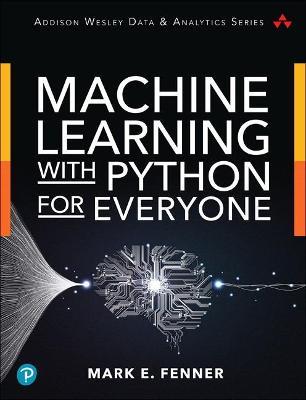

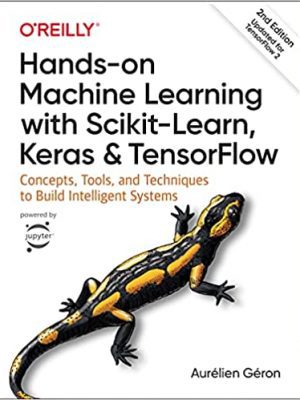



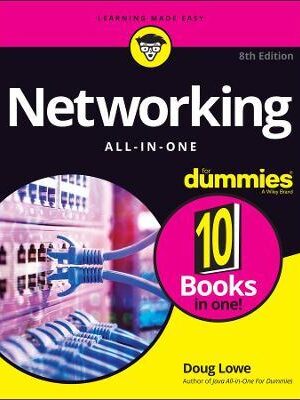
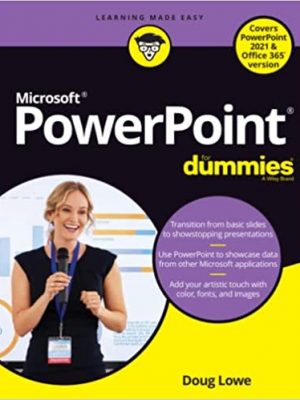


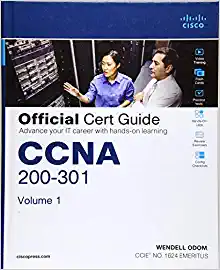








 Dentistry
Dentistry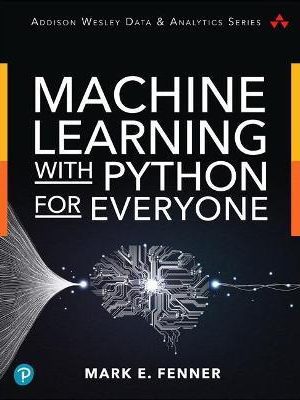
Reviews
There are no reviews yet.